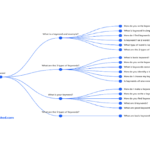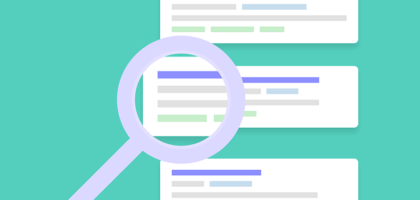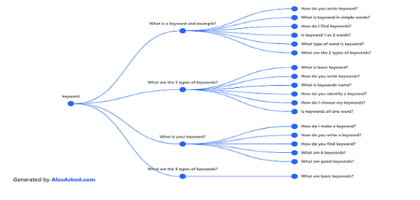SXO – What is it & why use it?
Achieving high search engine rankings is no longer enough. Users want more than just a quick visit to your website—they seek a meaningful and engaging experience. This is where Search Experience Optimization (SXO) comes in. By blending SEO with user-focused design, SXO not only draws visitors to your site but












